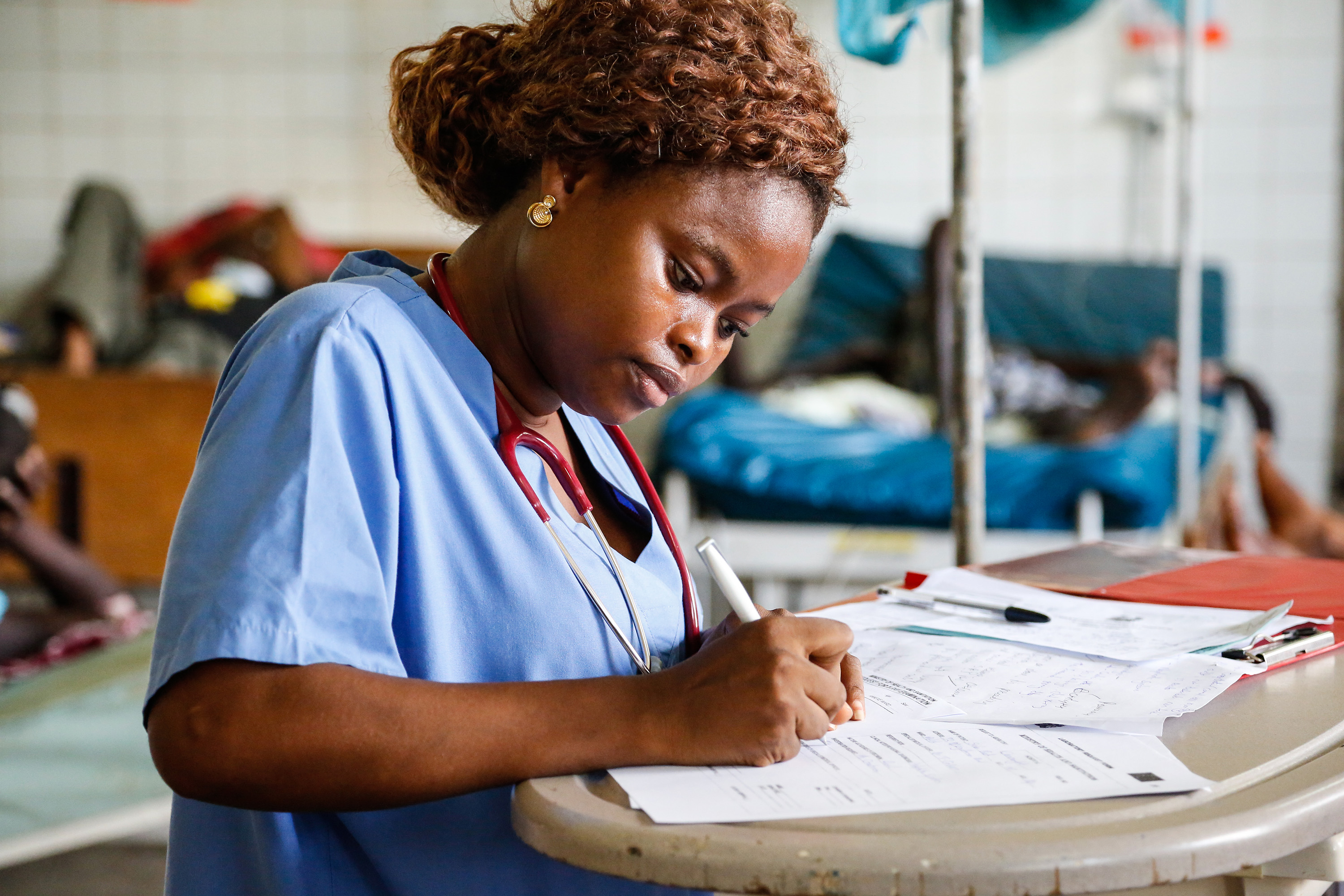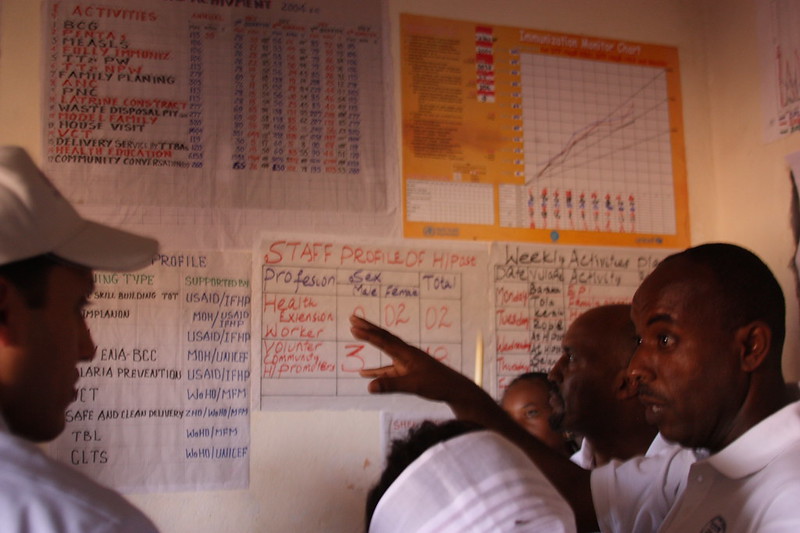This landmark essay proposes a new paradigm for combating AIDS and a new objective around which international donors and recipient governments can coordinate their efforts. CGD senior fellow Mead Over calls this objective the “AIDS transition.”
What exactly is an “AIDS transition”? It is a dynamic process that holds AIDS mortality down—that is, preserves recently achieved mortality reductions—while lowering the number of new infections even further—so that the total number of people living with HIV/AIDS begins to diminish.
An important milestone—when we can say that the transition has been “achieved”—would be the date when the number of new infections in a population first crosses below the number of deaths, so that the number of people living with HIV/AIDS, and the associated cost and dependency, stop growing. Given effective HIV prevention and sustained treatment, this paper shows that a transition could be achieved as early as 2015 – or as late as 2043.
The AIDS transition paradigm introduces an objective for each donor and at every level of each national HIV/AIDS program. Under this approach, programs cannot be deemed successful unless they provide evidence that they simultaneously suppress AIDS mortality and reduce the growth rate of the number of people living with HIV/AIDS.
At the national or “macro” level, an AIDS transition objective forces donors and governments to plan for AIDS treatment expansion only at the rate that evidence-based prevention programs demonstrate success in reducing the number of new infections, called the incidence of HIV. To the extent that AIDS treatment can be shown, in a given country setting, to directly reduce HIV incidence, donors can offer to increase the rate of AIDS treatment recruitment.
For example, in Sub-Saharan Africa the treatment savings from reducing new infections by 10 percent per year would be worth $43 billion over the next 40 years, an amount that could fund an increase in patient uptake from 15 to 23 percent of unmet need each year. But claims for such a beneficial effect of treatment must be demonstrated with hard data, not just through mathematical models or self-reported behavior changes.
At the sub-national level, policymakers would be asked to show how existing HIV/AIDS treatment programs can be leveraged to improve prevention. For example, treatment programs can be required to either (1) have an HIV prevention arm that extends beyond prevention counseling for the ART patients, reaching out to the local community of uninfected people or (2) form a partnership with an agency specialized in results-based HIV prevention in such a population.
At the level of the individual patient receiving subsidized ART, those whose health enables a return to the labor force can be asked to contribute one day a month to HIV prevention in their community. Treatment programs can require patients to be members of support groups that function not only to help the patient adhere to the ART regime and regain or sustain good health, but also to design and implement evidence-based HIV prevention programs in local communities.
This is the first essay in a series of three on a proposed “global AIDS transition.”
Essay Two | Essay Three | Podcast with Mead Over
Preview
Rights & Permissions
You may use and disseminate CGD’s publications under these conditions.





